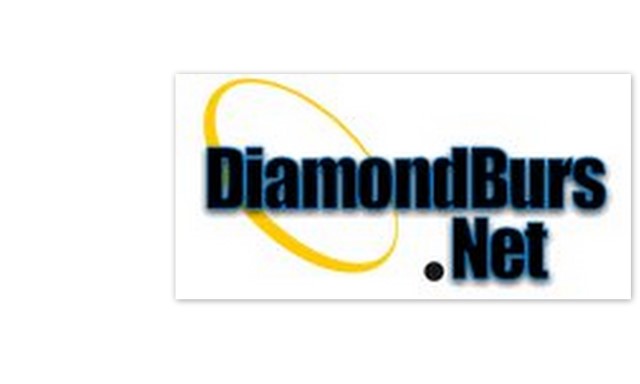Today, pressure will be our topic of interest. Here are a few of our suggestions:
How hard should I press?
Increasing the pressure on twist drills makes the bit drill faster. Not such a good idea with diamond bits. When you use diamond drill bits it is very important to
use light to moderate pressureand to let the bit "drill at its own speed".
Increasing the drill pressure will only increase the friction and heat. This not only burns up the bit, but also increases your stress level, causing your face to turn red and steam to come out of your ears.
Heat will also fracture or crack the material you're drilling. Again, everyone repeat after me; if your drill bit develops yellow, brown, blue or black “burn marks” around the tip slow down and lighten up.
If you are dilling a hole completely through an object, it is important to
"lighten up" the pressure even more when the drill bit is about to break through. This reduces chipping on the backside of the object when the bit emerges from the back.
Better yet drill half way through, flip the material over, start a new hole on the backside and let them meet in the middle. Yes, I know this is "easier said than done". I have plenty of glass with holes that didn't quite match in the middle. It must be a faulty measuring tape!
I hope that any questions you had regarding pressure were answered in this post. Feel free to leave us a question in our comment box. Our next post will be all about incorporating some lubrication when drilling.

